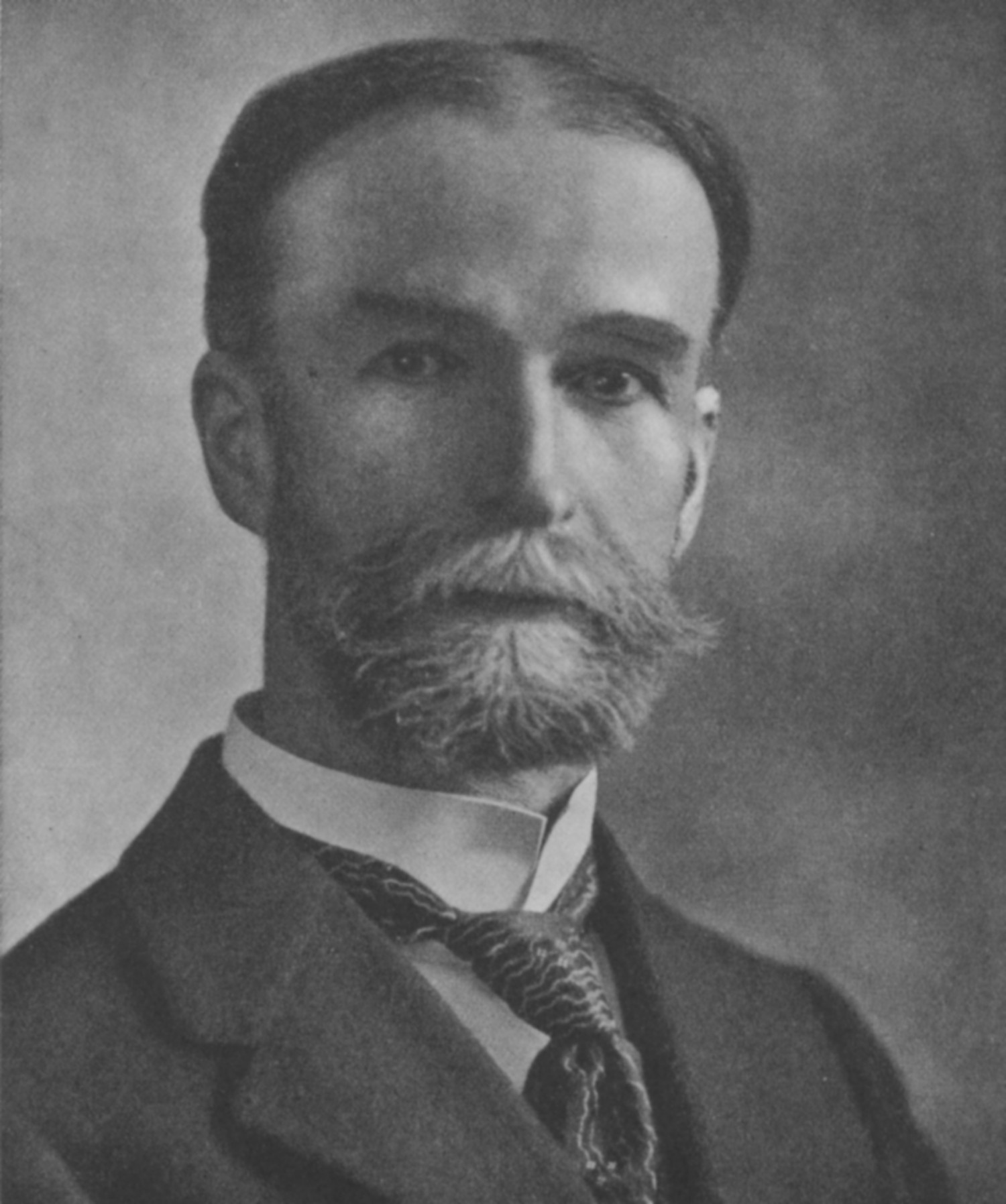- Theobald Smith
Infobox_Scientist
name = Theobald Smith

image_width =
caption =
birth_date = birth date|1859|7|31|mf=y
birth_place =Albany, New York
death_date = death date and age|1934|12|10|1859|7|31|mf=y
death_place =New York City, New York
residence =
citizenship =
nationality = American
ethnicity =
field =Epidemiology
work_institution =US Department of Agriculture ,Harvard University ,Rockefeller University
alma_mater =Cornell University ,Albany Medical College
doctoral_advisor =
doctoral_students =
known_for =
author_abbreviation_bot =
author_abbreviation_zoo =
prizes =Copley Medal
religion =
footnotes =Theobald Smith (
July 31 ,1859 –December 10 ,1934 ) was a pioneering epidemiologist and pathologist and is widely-considered to be America's first internationally-significant medical research scientist.cite book | author = Dolman CE; Wolfe RJ.| title = Suppressing the Diseases of Animals and Man : Theobald Smith, Microbiologist| edition = | publisher = Boston Medical Library| year = 2003| id = ISBN 0-674-01220-8]Education
Smith was born in
Albany, New York , and received a Bachelor of Philosophy degree fromCornell University in 1881, followed by an MD degree fromAlbany Medical College in 1883. After his graduation from medical school, Smith held a variety of temporary positions which might broadly be considered under the modern heading of "medical laboratory technician". After some prodding by his former professors, Smith secured a new research lab assistant position with the Veterinary Division of theUS Department of Agriculture (USDA) inWashington, D.C. , beginning his position there in December 1883.cite book | author = de Kruif P| title = Microbe Hunters| edition = | publisher = Harvest Books| year = 2002 reprint of 1926 original| id = ISBN 0-15-602777-1]Research
Smith became the Inspector of the newly created Bureau of Animal Industry (BAI) in 1884. Established by Congress to combat a wide range of animal diseases—from infectious disease of
swine to bovine pneumonia, Texas cattle fever toglanders —Smith worked under Daniel E. Salmon, a veterinarian and Chief of the BAI.cite journal | author = Brown JH | title = Theobald Smith 1859-1934| journal = J Bacteriol.| year = 1935| volume = 30| issue = 1| pages = 1–3 | url= http://www.pubmedcentral.nih.gov/articlerender.fcgi?artid=543631 | pmid = 16559815]After two years of work studying the efficacy of bacterial vaccination in pigs Smith erroneously believed he had found the causative agent of hog cholera. While he was incorrect, he had discovered a new species of bacteria (
Salmonella enterica, formerly called Salmonella choleraesuis).cite journal | author = | title = Theobald Smith, 1859-1934: A Fiftieth Anniversary Tribute | journal = ASM News| year = 1984| volume = 50| issue = | pages = 577–580 | url= http://202.114.65.51/fzjx/wsw/newindex/wswfzjs/pdf/501284p577.pdf]Smith turned his attention to Texas fever, a debilitating cattle disease. In 1889, he discovered "Babesia bigemina", the
tick -borneprotozoa nparasite responsible for Texas fever. This marked the first time that anarthropod had been definitively linked with the transmission of an infectious disease and presaged the eventual discovery of insects as important vectors in a number of diseases (seeyellow fever ,malaria ).Smith also taught at Columbian University in Washington, D.C. (now
George Washington University ) from 1886–1895, establishing the school's Department ofBacteriology . In 1887, Smith began research on watersanitation in his spare time, investigating the level offecal coliform contamination in thePotomac river . Over the next five years, Smith expanded his studies to include theHudson river and its tributaries.cite journal | author = Smith T| title = A new method for determining quantitatively the pollution of water by fecal bacteria | journal = 13th Annual Report of the State Board of Health of New York for 1892. | year = 1893| volume = | issue = | pages = 712–722 | url= ]While Smith's work at the BAI had been highly productive, he chaffed under the federal government bureaucracy and the lack of leadership from his supervisor. In 1895 Smith moved to
Cambridge ,Massachusetts to accept a dual appointment: serve as professor of comparativepathology atHarvard University , as well as directing the pathology lab at the Massachusetts State Board of Health.Smith joined the Rockefeller Institute for Medical Research as Director of the Department of Animal Pathology in 1915 and remained there until his retirement in 1929.
In 1933, Smith was awarded the
Royal Society 's prestigiousCopley Medal "For his original research and observation on diseases of animals and man.".Other discoveries
* Observed differences between human and bovine tuberculosis (1895).
* Discussed the possibility of mosquitos as a malaria transmission vector (1899).
* Variation and bacterial pathogenesis (1900).
* Discoveredanaphylaxis (1903).
* "Brucellosis " infections
* Smith used toxin/antitoxin as a vaccine for diphtheria (1909).
* In the process of investigating an epidemic of infectious abortions of cattle in 1919, Smith described the bacteria responsible for fetal membrane disease in cows now known as "Campylobacter fetus ".cite journal | author = Smith T; Taylor MS.| title = Some morphological and biological characters of the "Spirilla" ("Vibrio fetus", n. sp.) associated with the disease of the fetal membranes in cattle | journal = J Exp Med.| year = 1919| volume = 30| issue = | pages = 299–311| url= http://www.jem.org/cgi/reprint/30/4/299 | doi = 10.1084/jem.30.4.299]References
Persondata
NAME= Smith, Theobald
ALTERNATIVE NAMES=
SHORT DESCRIPTION= American epidemiologist
DATE OF BIRTH=July 31 ,1859
PLACE OF BIRTH=Albany, New York
DATE OF DEATH=December 10 ,1934
PLACE OF DEATH=New York City, New York
Wikimedia Foundation. 2010.
